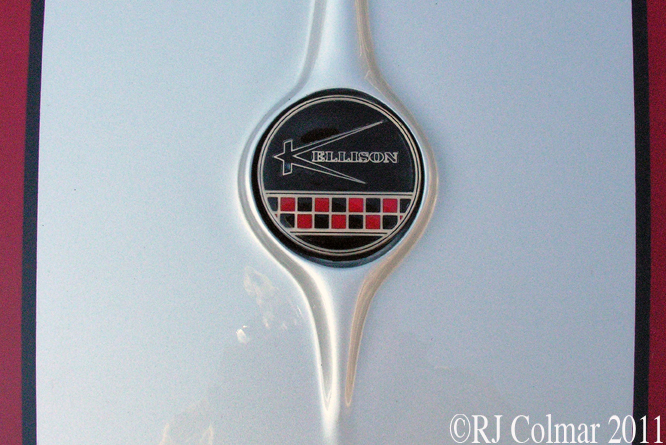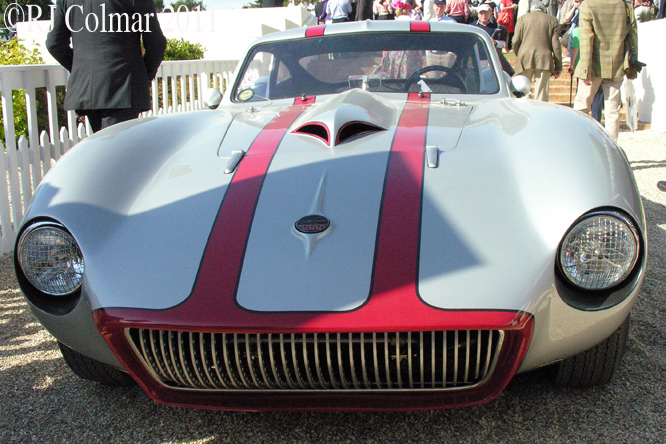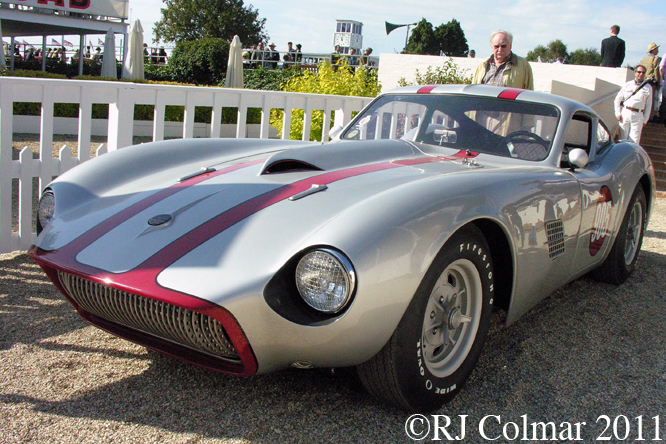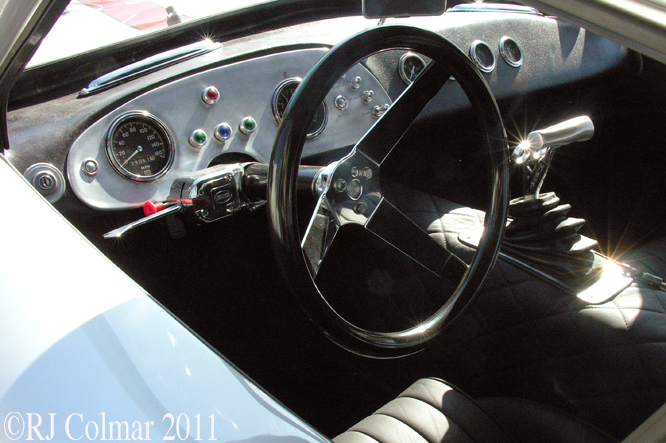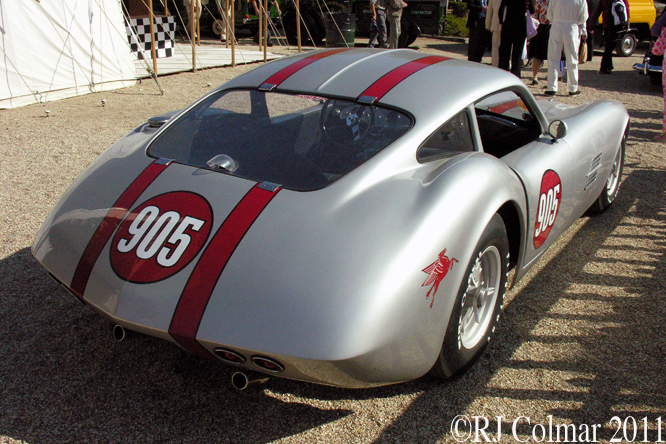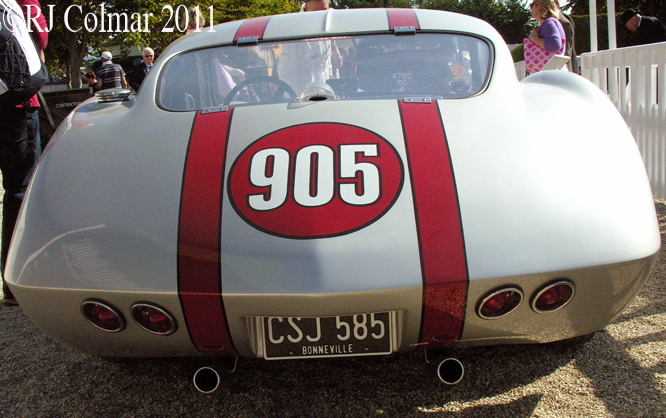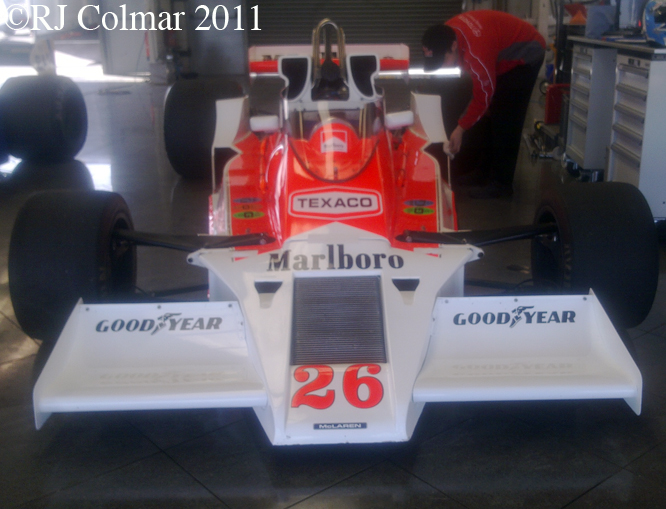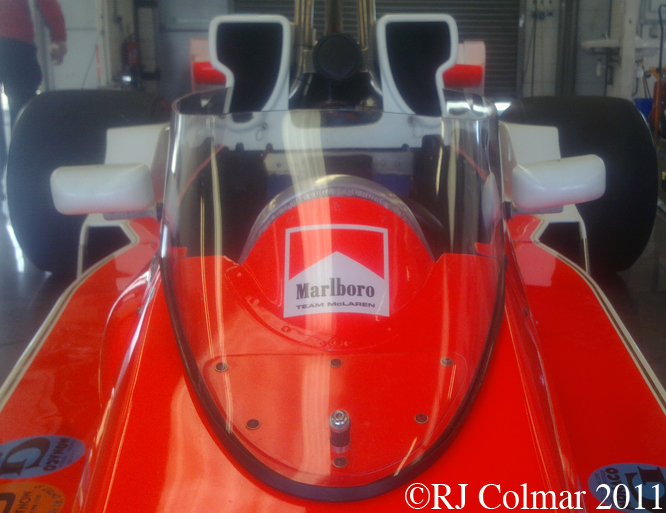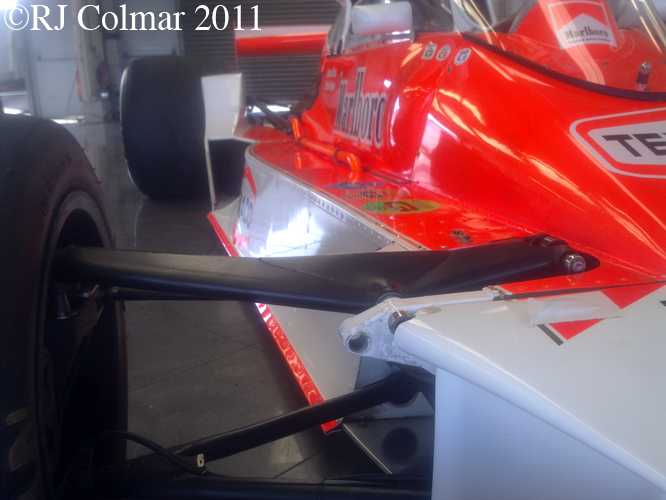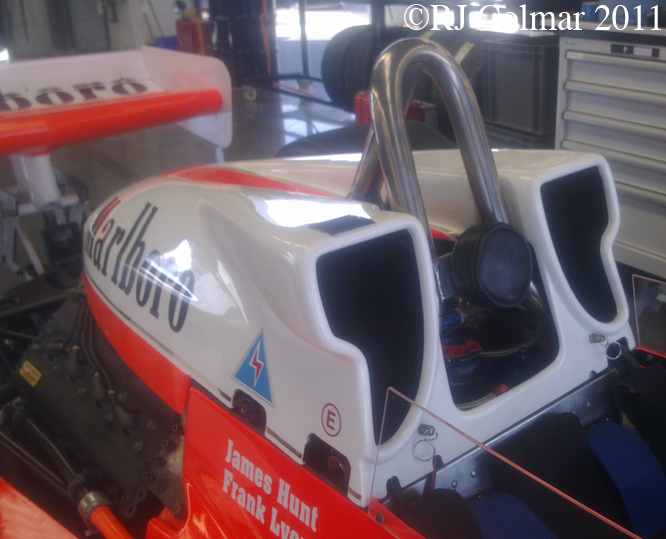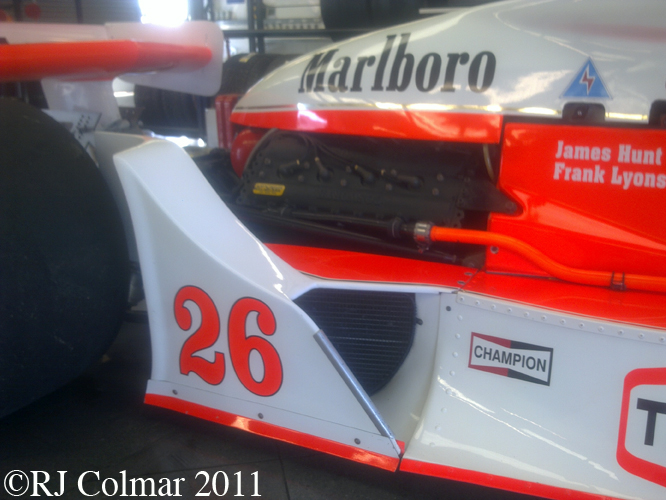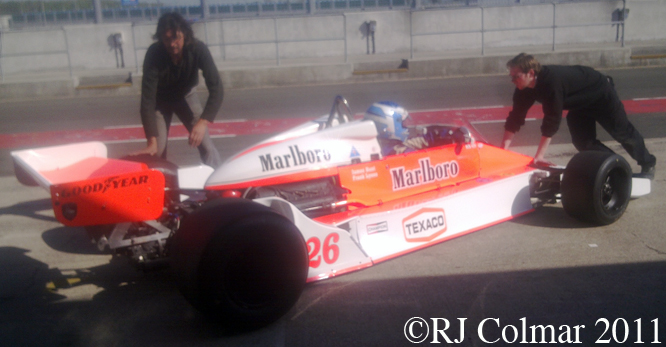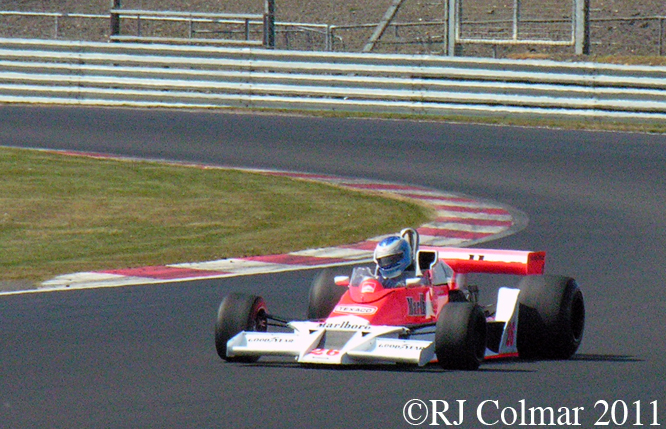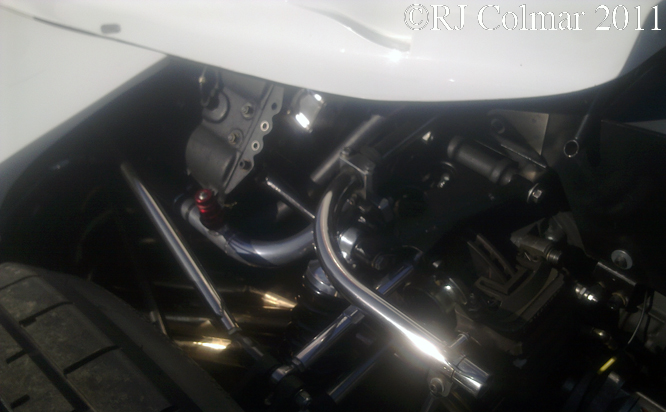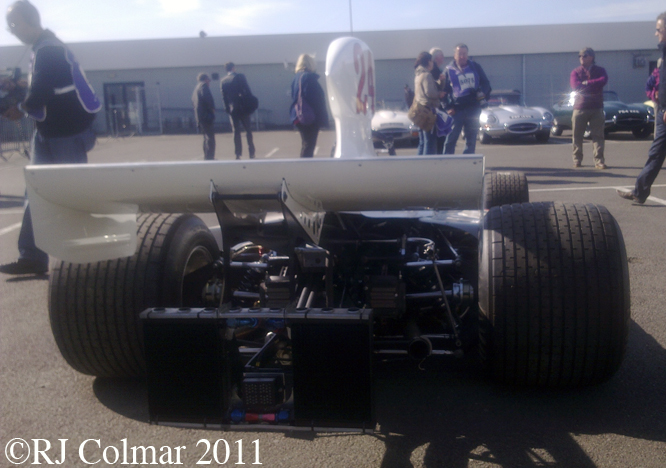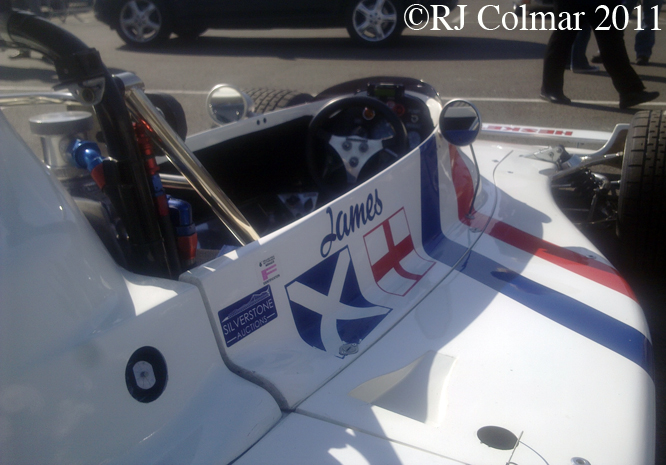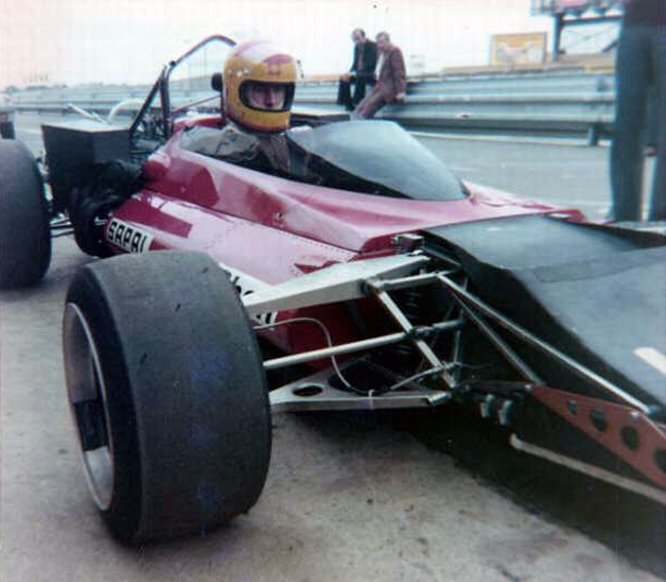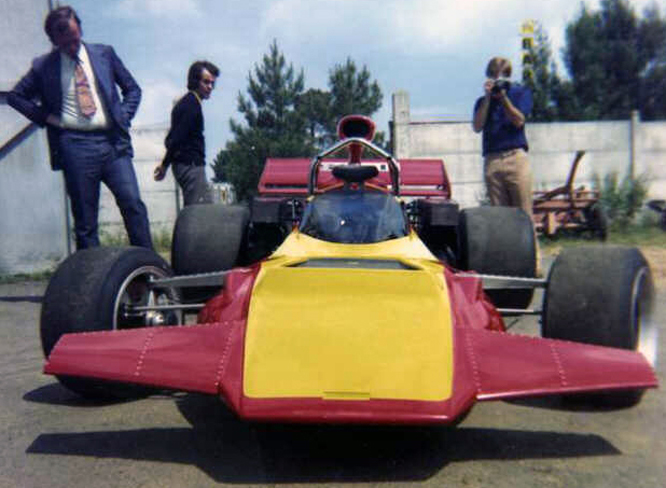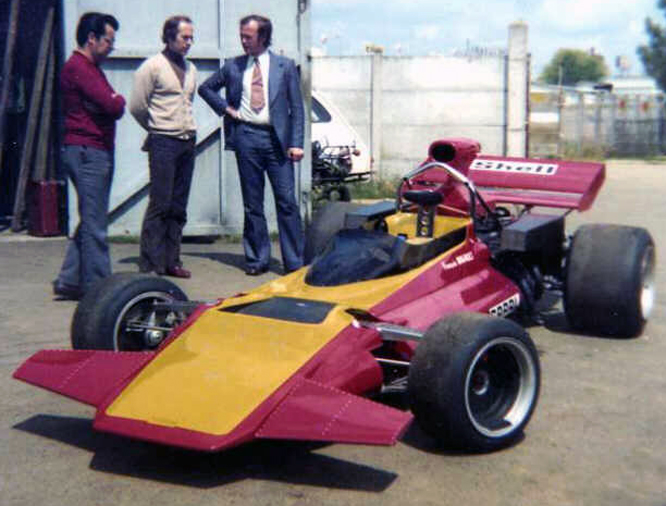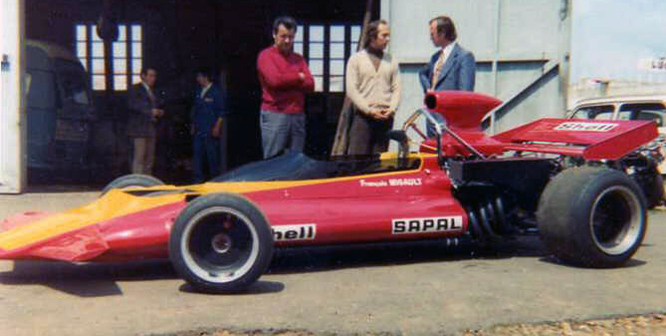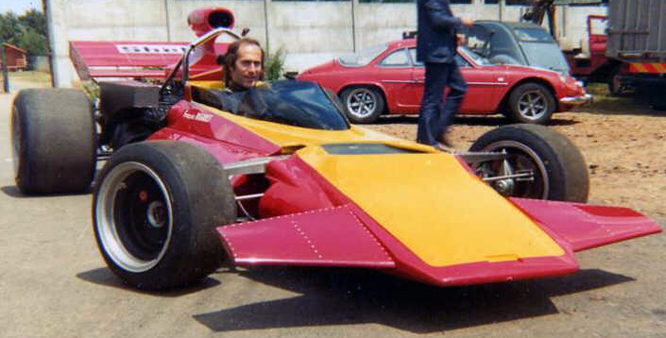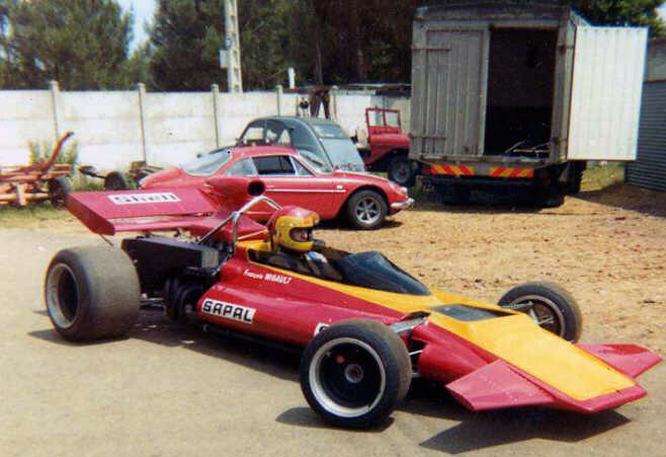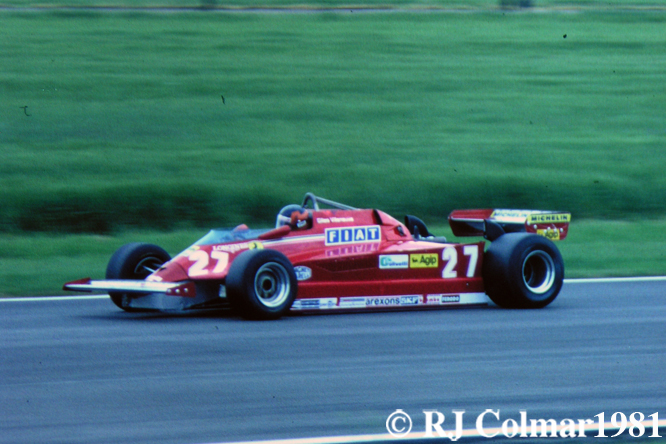According to Griff Borgeson writing in Sports Car Illustrated in May 1960 when the Kellison J4 Grand Turismo was shown at the Los Angeles International Motorshow in December 1959 one ‘hipster’ summed up the audiences reaction by quipping ‘That is the very Wildest’.
Developed by former Korean Air Force Vet and missile engineer James Kellison, at just 39 inches tall and 67 inches wide the Coupé was also one of the lowest and widest cars present.
James opened a repair shop to generate the cash to turn his design into a kit car that could be built in around 130 hours. The 160lb fibre glass body was designed to fit either a salvage yard chassis or a bespoke 140lb chassis designed by stress engineer Chuck Manning.
The sales literature advised potential customers that the $6700 Kellison with independent suspension, custom finished interior and luggage space for three large suitcases was a luxurious touring car and the first American car to surpass Europe’s most distinguished designs.
The cockpit was designed to comfortably seat a 5′ 8″ driver and passenger, though the construction of the seats was left to individual builders so that taller drivers could find away to accommodate themselves.
The Kellison could take any of the available V8’s of the day including the Ford, Chevy and Chrysler’s other proprietary parts included the windscreen that came from early 1950’s Studebaker Commander or Champion models, a rear screen from a 1949 Buick, Oldsmobile or Cadillac and door hinges that came from Mopar vehicles dated ’49 to ’52.
Kellison sent several vehicles to Bonneville Speed Week over the years all painted silver with maroon stripes and the #905, taken from his address ‘905-907 Sutter Street, Folsom California. One of his later J5 models is said to have recorded a top speed of 186 mph.
This particular model, in need of a pair of windscreen wipers, seen at the recent Goodwood Revival apparently has recently been acquired by Lord March. More on the Kellison Marque can be found at kellisoncars.com.
Thanks for joining me on this #905 edition of ‘Gettin’ a li’l psycho on tyres. I hope you will join me again for Ferrari Friday tomorrow. Don’t forget to come back now !
25/10/11 Egg on my face dept, reader Martin Christandl kindly informs me that Lord Marches car is actually a J6 model not the similar looking J4. Thanks Martin. If you spot any any other errors please do not hesitate to let me know.

